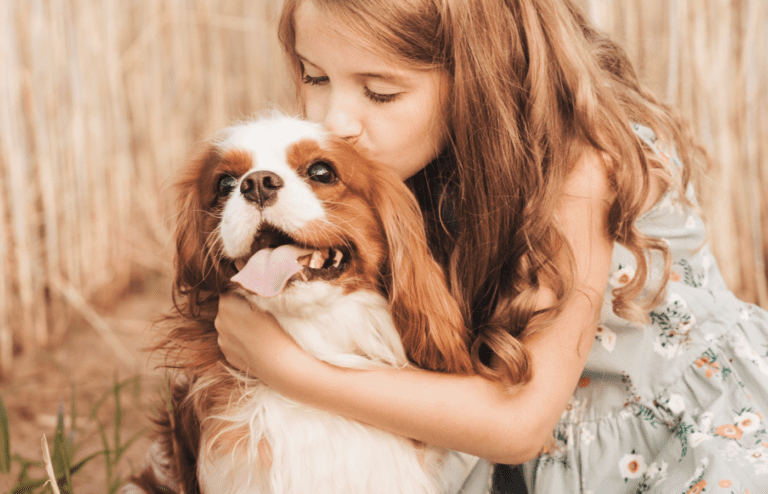Dogs are more than just loyal companions—they’re incredibly smart. From understanding words and emotions to solving puzzles and even learning complex tasks, their intelligence rivals that of some of the world’s smartest animals. With the right training, some dogs can follow multi-step commands, recognize hundreds of words, and even read human emotions with surprising accuracy.
Whether it’s problem-solving, communication, or instinctive skills, these incredible abilities prove that man’s best friend is also one of the most intelligent creatures in the animal kingdom.
10. Contextual Language Understanding
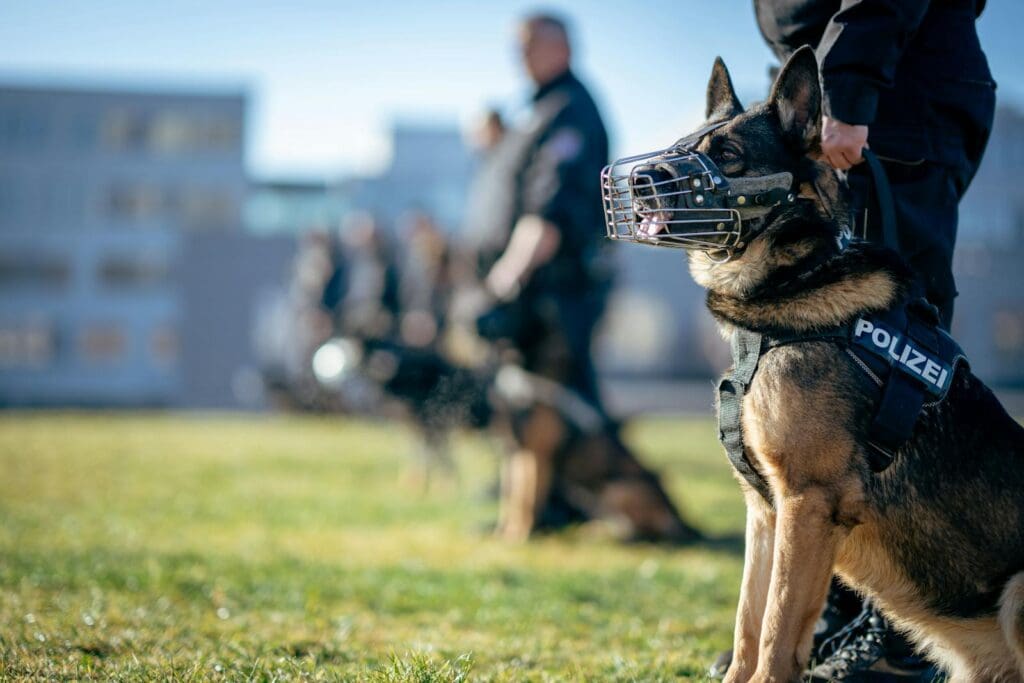
Recent research suggests that highly intelligent dogs can understand context in human speech, not just individual words. They may differentiate between languages and recognize emotional tones. This advanced linguistic ability allows them to interpret complex commands and respond appropriately to nuanced situations, demonstrating a level of comprehension previously thought unique to humans.
9. Mimicry and Imitation
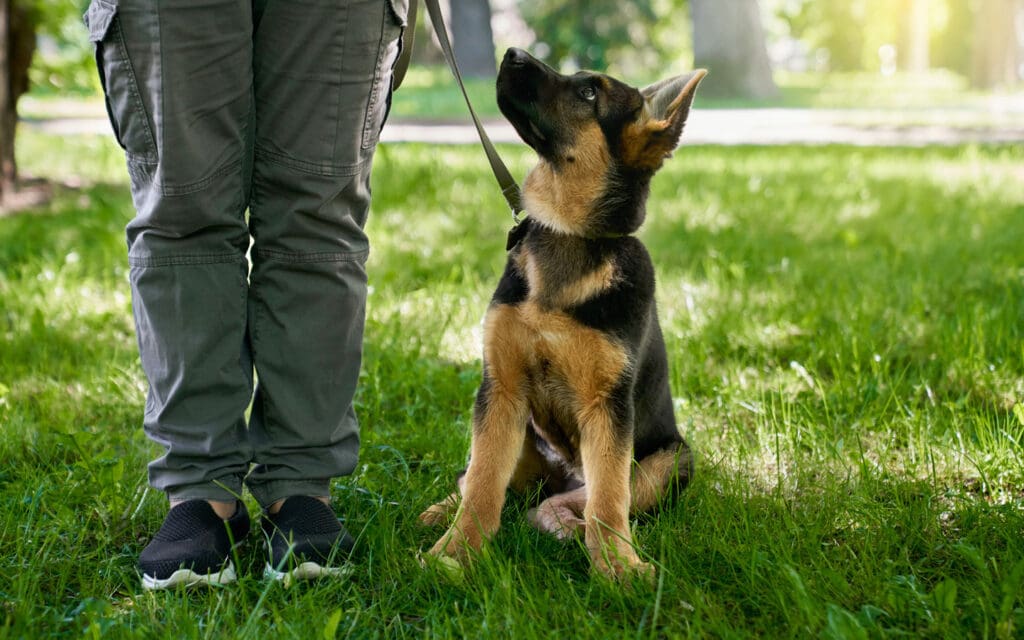
Highly intelligent dogs can learn to mimic human actions through the “Do As I Do” method. This technique involves teaching dogs to copy behaviors demonstrated by their owners, from simple actions to complex sequences. It taps into dogs’ social cognitive skills, allowing them to learn new behaviors quickly by observing and imitating humans.
8. Advanced Agility Sequences
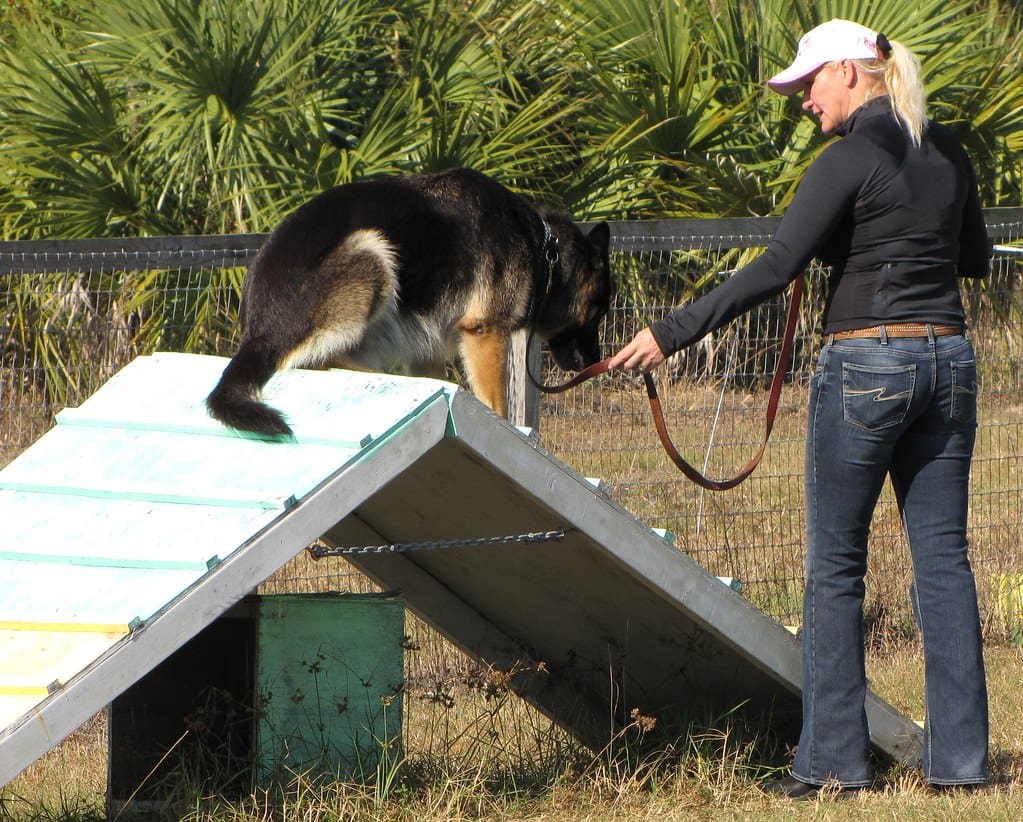
Highly intelligent dogs can master complex agility courses with multiple obstacles and directional changes. These sequences may include weave poles, tunnels, jumps, and contact obstacles in rapid succession. Smart dogs excel at reading handler cues and making split-second decisions to navigate challenging courses accurately and efficiently.
7. Emotional Support Behaviors
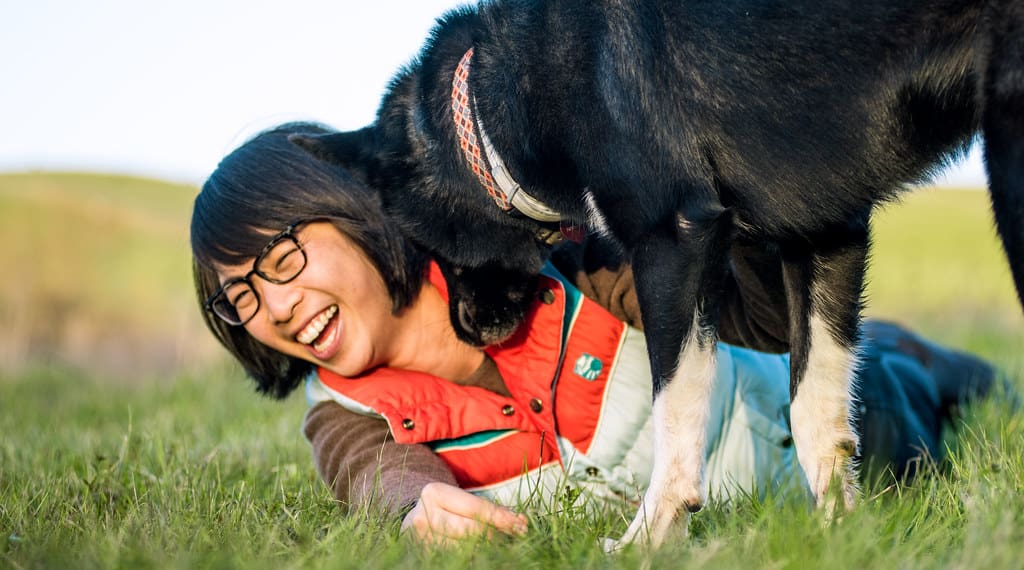
Some highly intelligent dogs can be trained to provide emotional support by recognizing and responding to their owner’s emotional state. These behaviors include offering comfort during anxiety attacks, alerting to signs of depression, or providing physical contact during stressful situations. This advanced skill requires a deep bond and exceptional empathy from the dog.
6. Directional Commands at a Distance

Advanced dogs can learn to respond to directional cues from a distance, such as “left,” “right,” “forward,” and “back.” This skill is particularly useful in agility competitions and herding work. Training involves gradually increasing distance and using hand signals alongside verbal commands. Mastering these commands demonstrates a high level of cognitive ability and handler-dog communication.
5. Object Name Recognition

Teaching dogs to identify objects by name demonstrates their cognitive abilities and vocabulary skills. Smart dogs can learn to recognize and retrieve specific items when commanded. This skill requires consistent training and repetition but can result in dogs understanding dozens or even hundreds of object names. Border Collies, in particular, have shown exceptional aptitude for this task.
4. Precise Off-Leash Control

Advanced off-leash control requires dogs to respond reliably to commands from a distance, even in distracting environments. This includes staying within boundaries, ignoring temptations, and returning immediately when called. Mastering this level of control demands extensive training, consistency, and a strong bond between dog and owner.
3. Multi-Step Commands

Multi-step commands challenge even the brightest canines, requiring them to remember and execute a series of actions in order. For example, “Go to the kitchen, fetch your leash, and bring it here.” This advanced skill demonstrates a dog’s ability to process complex information and follow sequential instructions. Training typically involves breaking down the steps and gradually combining them.
2. Complex Problem-Solving Tasks
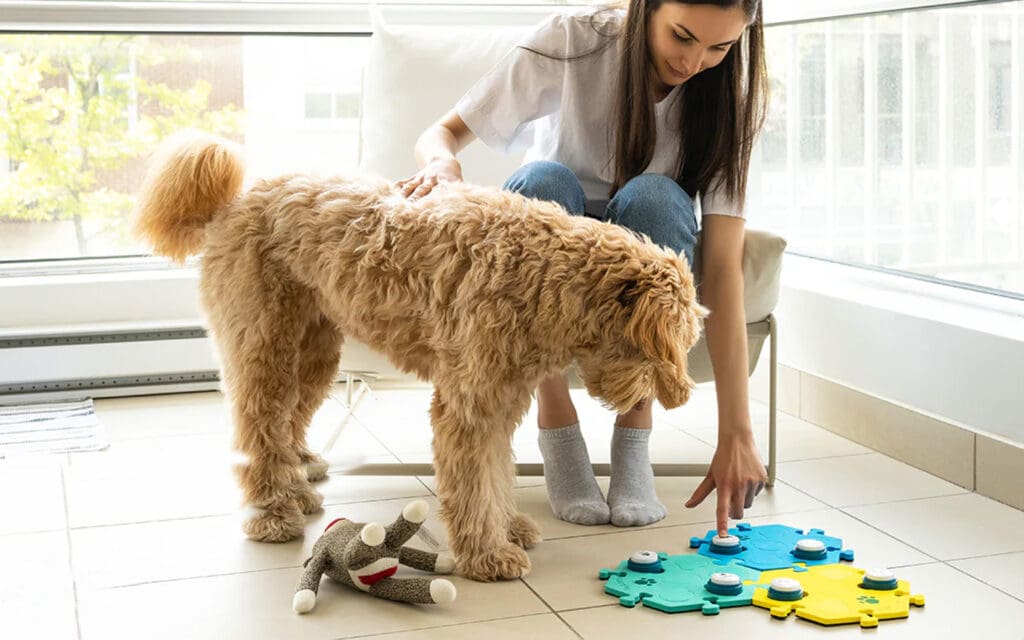
Intelligent dogs excel at solving intricate puzzles and navigating complex scenarios. Tasks like opening puzzle boxes, finding hidden treats in multi-step processes, or manipulating interactive toys demonstrate advanced cognitive abilities. These activities not only challenge their minds but also provide mental stimulation crucial for their well-being and development.
Read More: Read This Before You Train Your Dog with Talking Buttons
1. Advanced Scent Detection
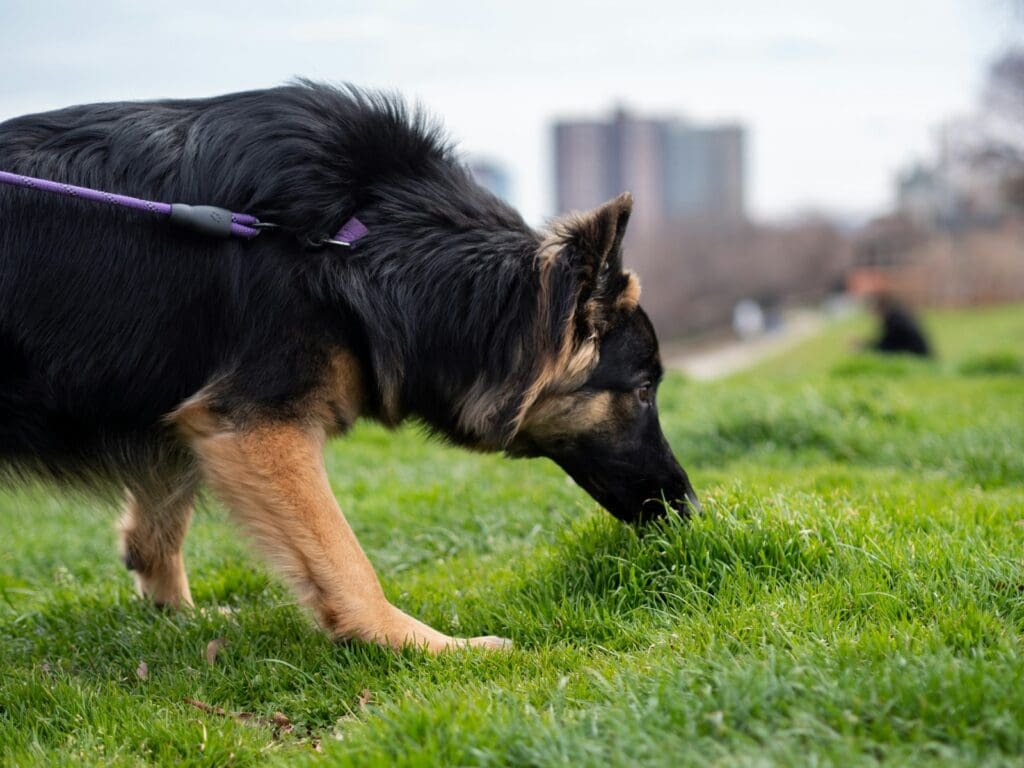
Smart dogs excel at advanced scent detection, a skill that goes beyond basic “find it” commands. These canines can be trained to identify specific odors, locate their source with precision, and maintain focus even with distractions present. This ability is crucial for working dogs in search and rescue, law enforcement, and medical detection roles.
Read More: 10 Brilliant Facts About Border Collies



